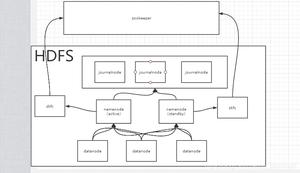python中list怎么使用decode方法设置编码

Python decode() 方法以 encoding 指定的编码格式解码字符串。默认编码为字符串编码。
decode()方法语法:
str.decode(encoding='UTF-8',errors='strict')
参数
encoding -- 要使用的编码,如"UTF-8"。
errors -- 设置不同错误的处理方案。默认为 'strict',意为编码错误引起一个UnicodeError。 其他可能得值有 'ignore', 'replace', 'xmlcharrefreplace', 'backslashreplace' 以及通过 codecs.register_error() 注册的任何值。
返回值:该方法返回解码后的字符串。
示例:
#!/usr/bin/python##-*-coding:UTF-8-*-
import xlrd
book = xlrd.open_workbook('Interface_data.xlsx')
sheet = book.sheet_by_index(0)
rows = sheet.nrows
case_list = []
for i in range(rows):
case_list.append(sheet.row_values(i))
#处理list中文乱码
case_list_righ = str(case_list).replace('u'',''')
print case_list_righ.decode("unicode-escape")
更多Python知识请关注云海天Python教程栏目。
以上是 python中list怎么使用decode方法设置编码 的全部内容, 来源链接: utcz.com/z/527688.html








